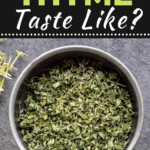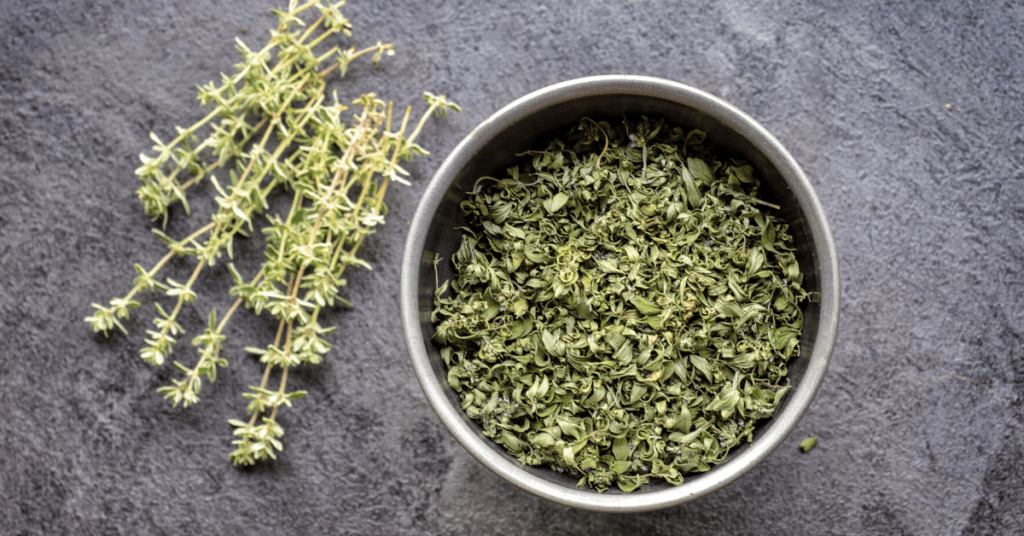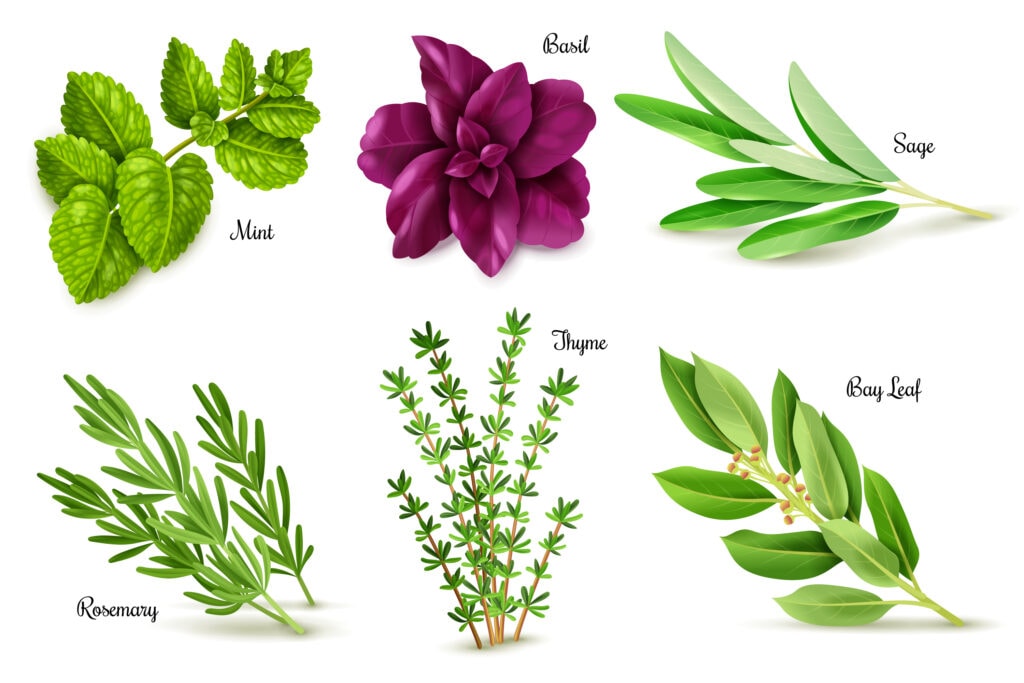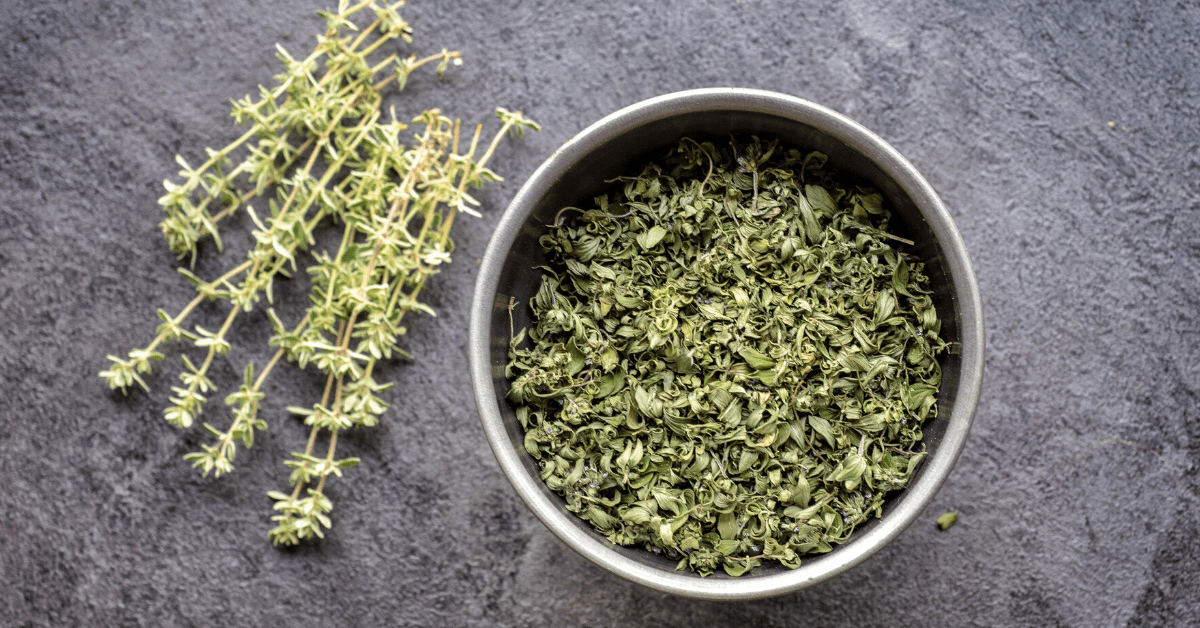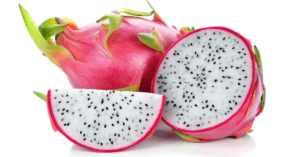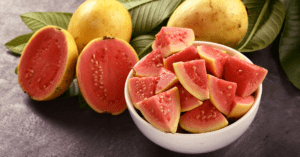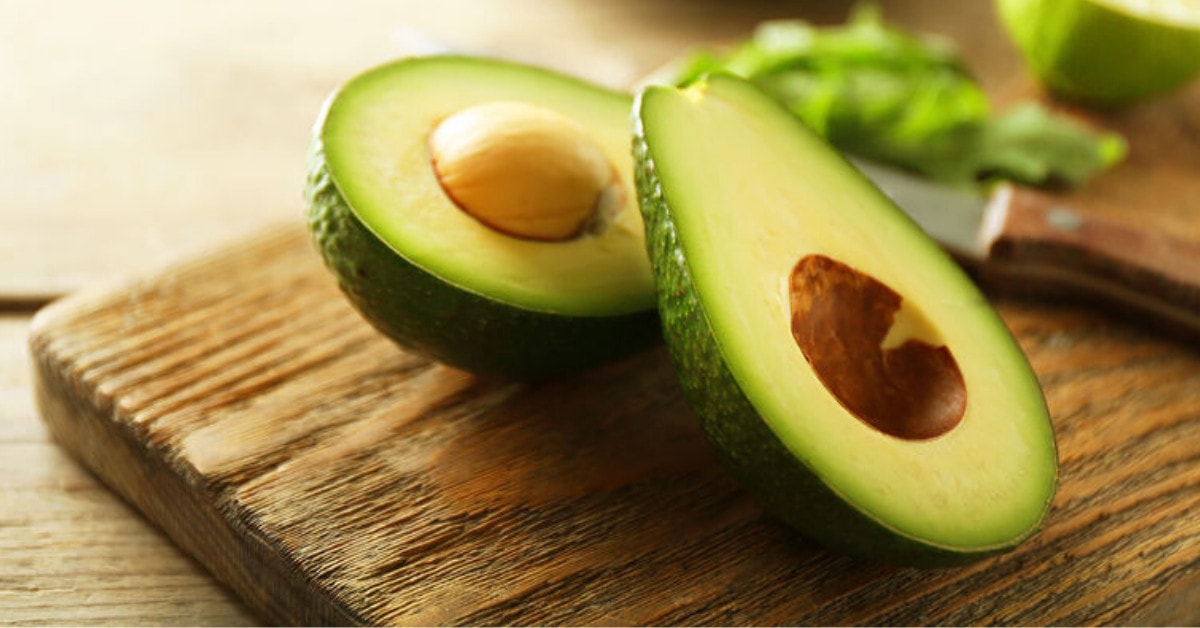If you’ve never cooked with thyme before, today you’ll find out just what this flavor-packed herb can do, what dishes to use it for, and the best ways to store it.
What is Thyme?
The origin of thyme can be traced back to ancient communities in and around the Mediterranean. Because of its many culinary uses and how easy it is to grow, it’s now used to season all sorts of dishes and can be used in almost any kind of cuisine. Thyme is actually a part of the mint family and is a close relative of oregano. There are two popular varieties of thyme; common thyme and lemon thyme. These are the two most often used in cooking. As you might expect, the lemon thyme has a distinct lemon flavor and aroma. Which adds a nice, subtle element to a variety of culinary dishes. Not only is it used for a variety of different dishes, thyme is also said to have some medicinal uses. It contains antiseptic and antibacterial properties that have shown to be beneficial in aromatherapy, stimulating the immune system, and circulatory responses. Interesting Fact: The active compound in thyme, called thymol, is used in personal hygiene and home sanitizing products. Who knows, you might already be using some of these products in your home!
What Does Thyme Taste Like?
There are many different varieties of thyme that all have subtle differences in flavor. Generally, thyme will have a sharp, almost minty flavor. It is earthy with floral hints and is a little bit sweet and a little bit peppery. It has a subtle enough flavor so it blends very well with other herbs, making it a staple in any spice rack.
Fresh VS Dried
You can choose to buy your thyme dried and in packets at the grocery store or you can also get them fresh. They are also very easy to grow indoors so having a thyme plant your kitchen is a great idea! There are some key differences between fresh thyme and dried thyme to keep in mind before you start cooking. As with most herbs and other ingredients, dried will last much longer than fresh thyme. When preserved well, fresh thyme will last one to two weeks, but you can keep dried thyme for as long as a year after opening. Another important difference to know before cooking is that you will need to use more thyme if it’s fresh. The general rule is to use as much as eight times more fresh thyme vs dried. For example, if your recipe calls for a ¼ tablespoon of dried thyme, it is best to use two tablespoons of fresh thyme. This is because dried thyme has been shrunk and flavor is concentrated in smaller pieces, giving it less volume and more potency. Of course, a fresh ingredient will always have more flavor and nutrients so if you’re following a recipe with dried thyme, cook it in the early stages to give it time to release all of its flavors and nutrients. Important fact: The longer thyme is cooked, the more flavor it provides. Keep this in mind when deciding when to add this herb to your recipe.
What Do You Use Thyme For?
One of the great things about thyme is its versatility. Because of its subtle flavor, it can be used with many different herbs like basil, chives, oregano, parsley, rosemary, and tarragon. Thyme adds an extra layer of flavor to your dish without being overpowering. Thyme is most commonly used when cooking baked, roasted, or braised chicken dishes but it also goes well with other meats like beef, pork, and lamb. You can add it to a marinade, use it as seasoning, as part of a dry rub, or add it to your stuffing. Aside from meats, thyme can also be added to seafood like fish sauces or soups like clam chowder. If you want to add thyme to something lighter, tomatoes and thyme is quite a popular pair when cooking. It’s also used to flavor eggs and cheese. An excellent addition to a tomato and cheese omelette! You can even add thyme to some of your favorite beverages. You can actually make your own thyme tea at home and if you want something refreshing, a cool glass of honey, lemon, tarragon, and thyme juice will definitely quench your thirst. Another great way to add thyme to your drink? A thyme-infused cocktail! You can add this to a mojito for an extra layer of flavor.
What’s the Best Way to Store Thyme?
As with any ingredient, fresh is best! For the best thyme to add to your dishes or drinks, I strongly recommend getting a small plant and keeping it in your kitchen. Simply take a few leaves and add it straight to your dish. If you prefer to buy them at the store, there are definitely some ways to keep them fresh longer. Fresh thyme leaves will last up to three days if refrigerated and placed in an airtight container. However, it’s best to keep your thyme with the stem still on as you can wrap these in a damp paper towel and sealed in a plastic bag. This will last much longer; up to two weeks! Of course, dried thyme will last the longest. Keep dried thyme leaves in a tightly sealed glass container at room temperature. Because they are dried, the leaves will never expire but they quickly start to lose their flavor after some time. It’s best to use them within a year. Click on a star to rate it!
Average rating 0 / 5. Vote count: 0 No votes so far! Be the first to rate this post.
Share on social media: Let us improve this post!

